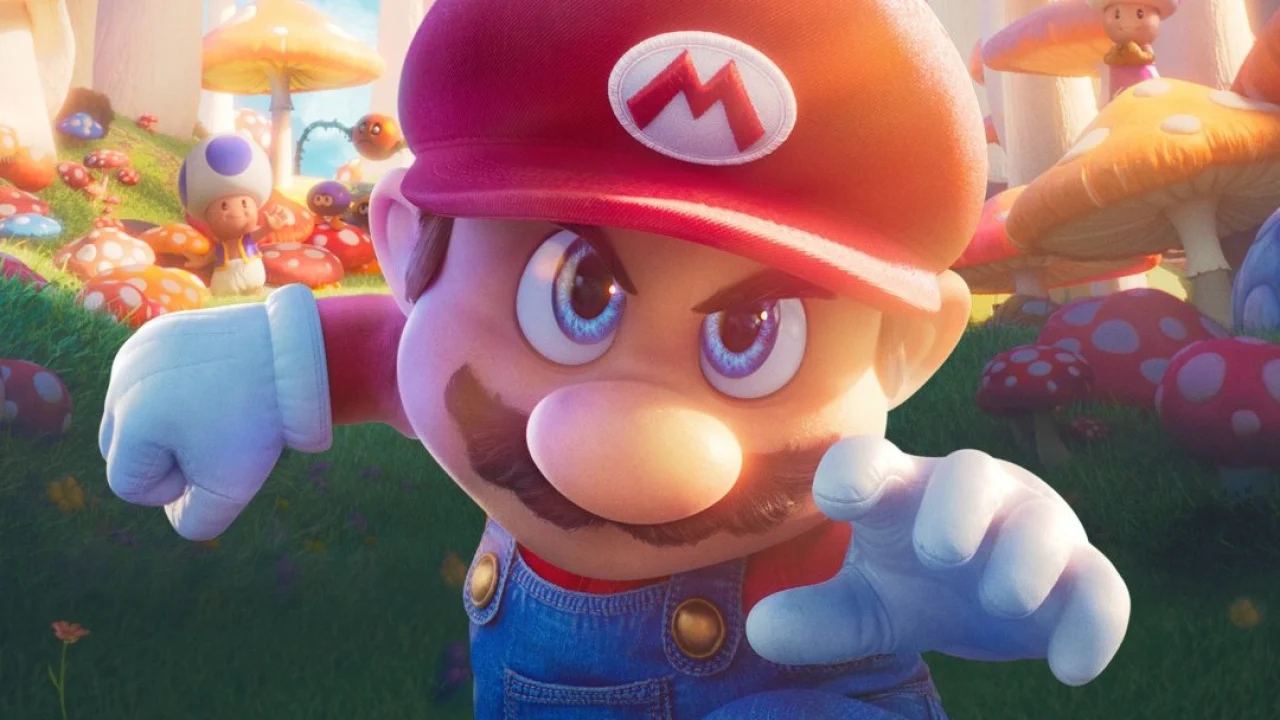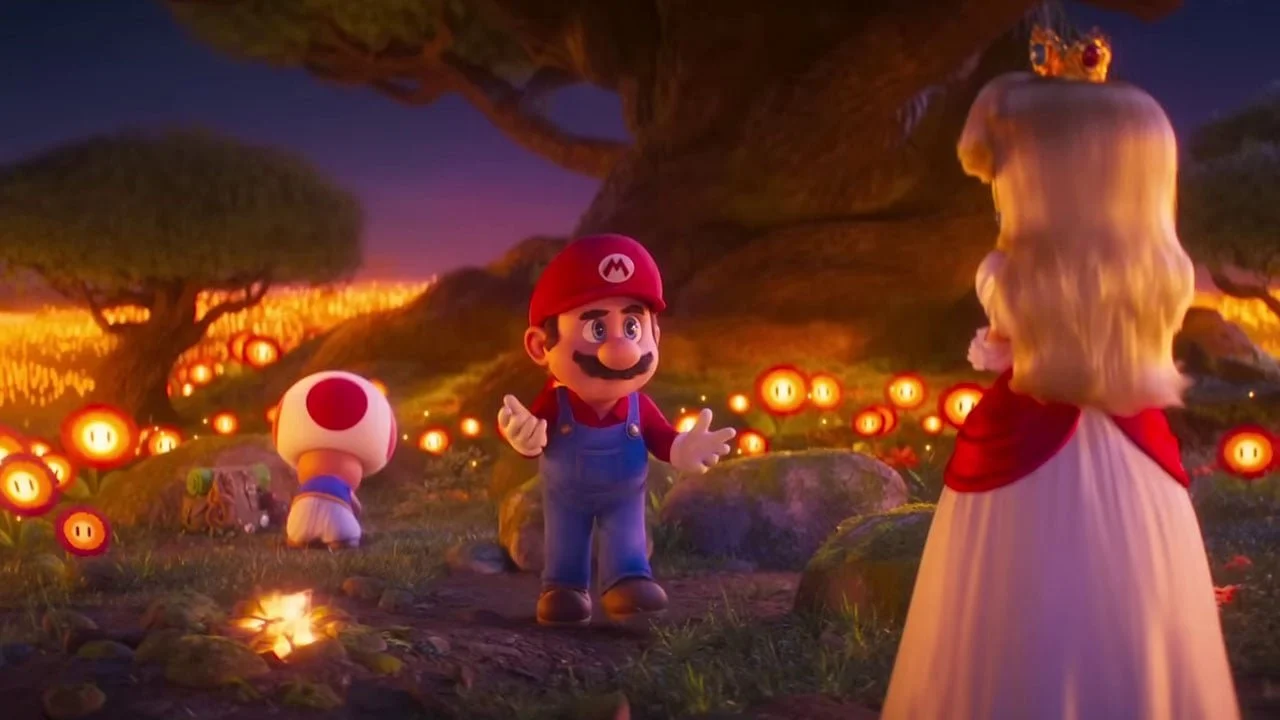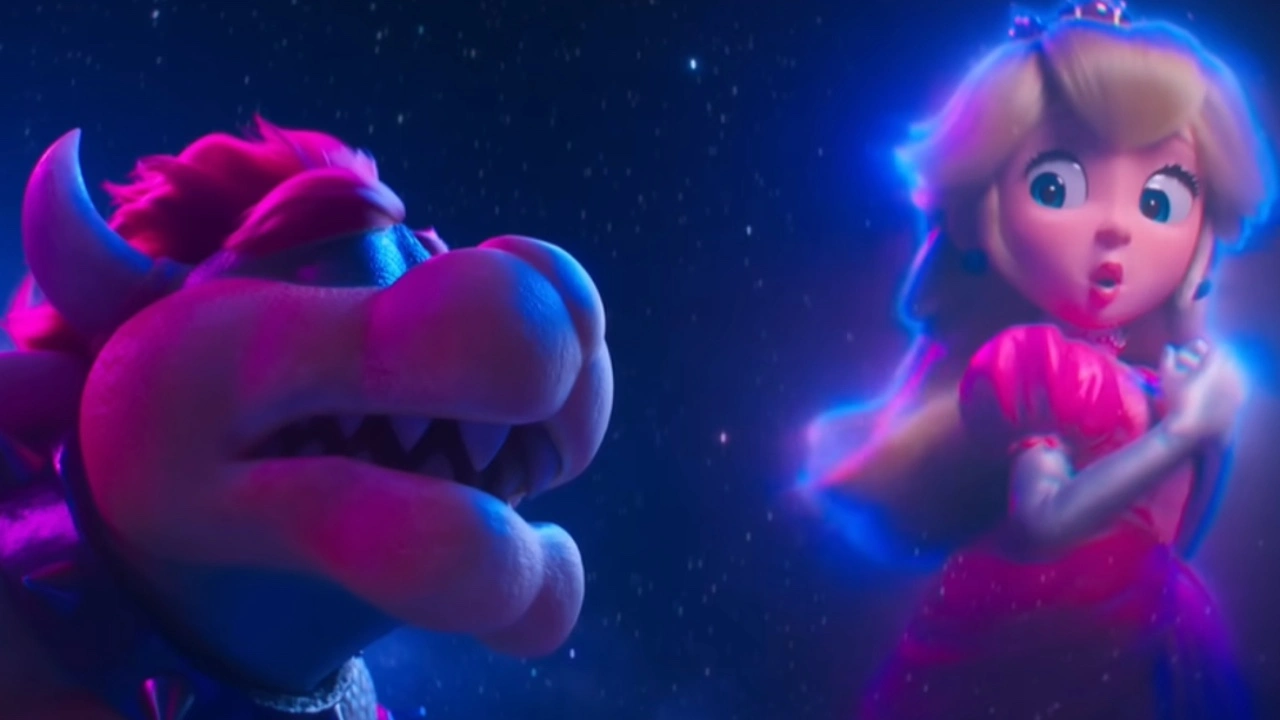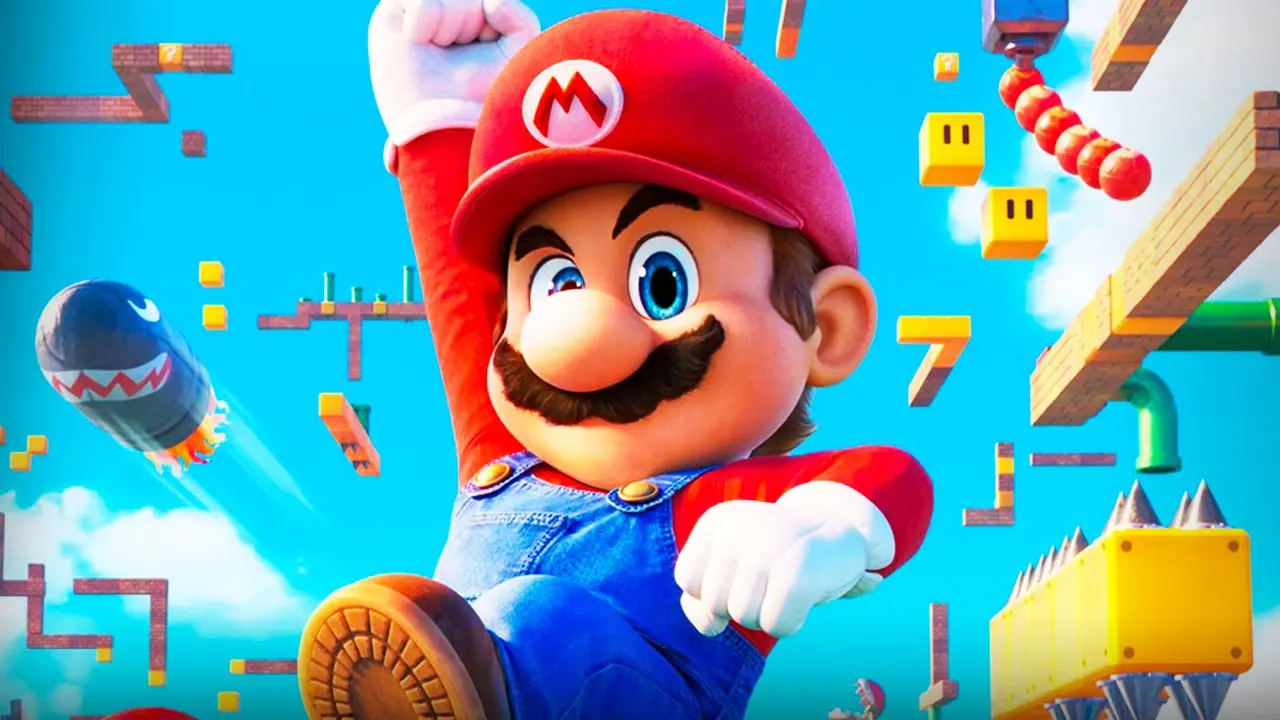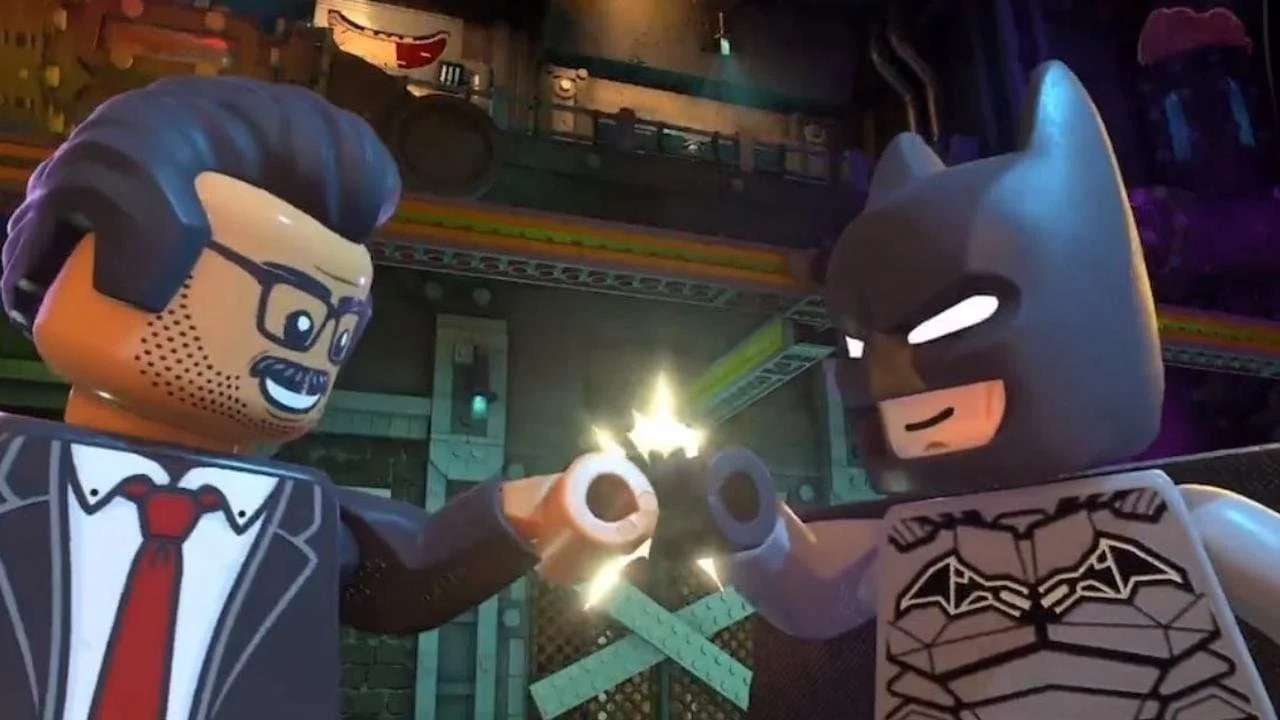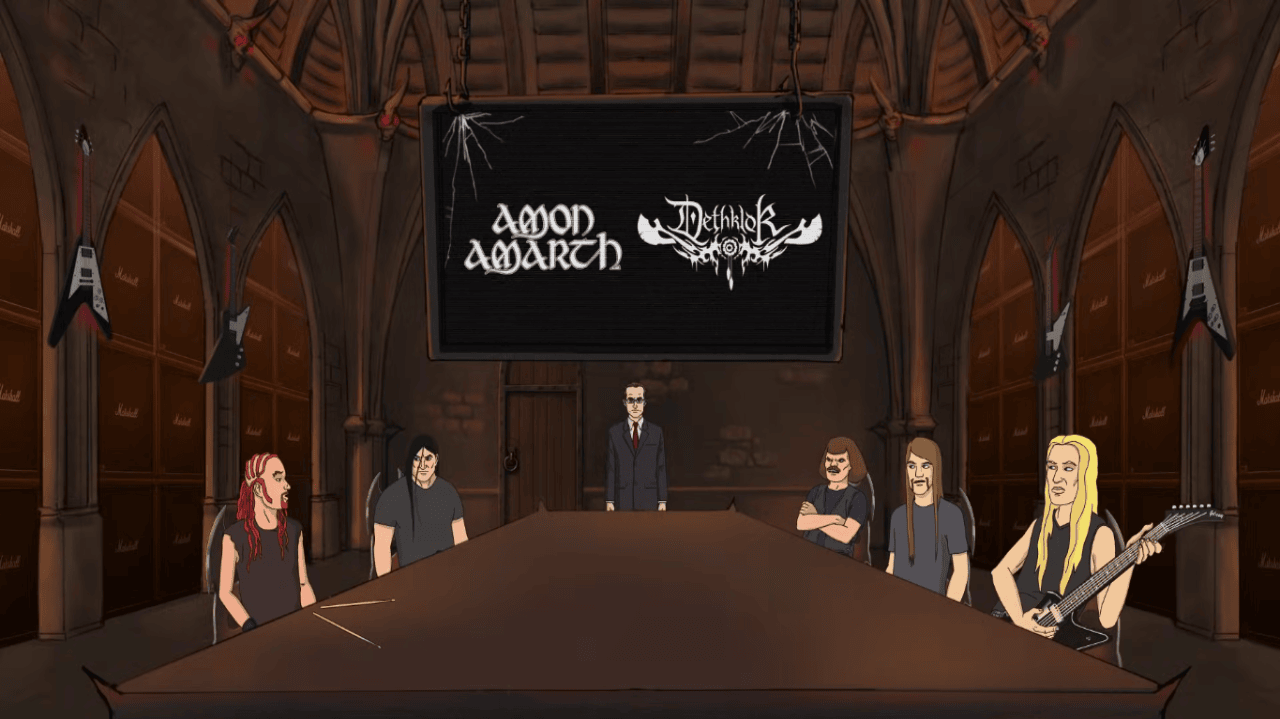The Super Mario Bros. Movie Review
Image Source: Nintendo Life
The 2020s seem to be a good decade for video game movies, starting with Sonic the Hedgehog, Sonic the Hedgehog 2, and the recently released The Super Mario Bros. Movie all breaking box office records. The Super Mario Bros. Movie in particular has recently reached over $700 million worldwide and is projected to potentially reach $1 billion. The movie has been a huge success and is a love letter to the franchise, but does it have too much in it for its own good? Let’s find out!
The plot of the movie follows brothers Mario (Chris Pratt) and Luigi (Charlie Day) as they start their own plumbing business. Their father (Charles Martinet), however, disapproves of their decision to leave their jobs under former employee Foreman, and he believes Mario is bringing his younger brother Luigi down with him. The brothers then see a news story about Brooklyn flooding and decide to take matters into their own hands to fix the pipes, leading them down a warp pipe and separating them in the process. Mario lands in the Mushroom Kingdom ruled by Princess Peach (Anya Talyor-Joy), and Luigi lands in the Dark Lands ruled by King Bowser (Jack Black). Now, Mario sets out on a journey to find his brother, getting swept up in a conflict between the two kingdoms. Peach is motivated to protect her kingdom, while Bowser is motivated by his love of Peach and his desire to marry her.
RELATED:
Though this seems like a relatively simple plot, the movie tries to cram a lot of content into it. A good example is the journey to and from the Jungle Kingdom. It seems like the priority of the film is to make as many references to the game as possible, at the expense of some real and genuine character moments. We see glimpses of them with Mario and Peach, Mario and Donkey Kong (Seth Rogen), and Bowser and Kamek (Kevin Michael Richardson), but they’re often gone before they can have any real impact. The only real character moment we have that is given a chance to breathe is arguably between Bowser and Kamek. Though the plot is fun and enjoyable, it often speeds through so many of the parts that have the potential to give these characters any sort of depth (which is something the Sonic movies do not do as often, ironically).
Image Source: Motor 1 News
The voice cast does a tremendous job. Though many were hesitant at first, Chris Pratt more than makes up for any trepidations one might have had about his Mario voice. Yes, it is different than the games, but there are glimpses of what we have come to expect with the voice of Mario. Charlie Day kills it as Luigi and perfectly encapsulates his more sheepish and scaredy-cat nature while also providing a strong, confident, and optimistic quality to the plumber. Jack Black steals the show as Bowser and adds his typical energy plus interest to the role, being among the few celebrity voices in the film to be nearly unrecognizable. Kevin Michael Richardson does an amazing job as Kamek, giving an Igor-like quality to the sorcerer. Perhaps a surprising standout is the performance of Charles Martinet, the game voice of Mario, as both the patriarch of the Mario family and Giuseppe, with the latter using his Mario voice. Martinet uses a variation of his Wario voice for the father, and it definitely fits (and may even remind Dragon Ball fans of his performance as Magenta in Dragon Ball Super: Super Hero). The only “bad” voice performance, however, came from Fred Armisen as Cranky Kong. Though Seth Rogen did a good job as Donkey Kong, the same cannot be said for the ape’s father. Armisen tries to play Kranky as this tired old man who seems to be desperately holding on to being “hip with the kids,” but it just comes out as forced and really takes you out of the film. The rest of the cast, however, performed superbly at their roles.
Image Source: Gematsu
The animation is beautiful. Illumination does an excellent job of putting in its signature style while staying true to the source material. The motion is also quite fluid, and the detail on each model is immaculate. Each character, set piece, and prop looks stunning. Mario’s face does occasionally go slightly into the uncanny valley at times, but it’s minimal. The animation team has managed to create a visual identity for the film while staying true to the visual style of the video games and adding in plenty of Easter eggs.
Image Source: Den of Geek
Perhaps what truly sets this apart from many video game movie conversions is the music. Though it has its own unique score and songs (with Bowser’s ballad “Peaches” as an excellent show-off piece for Jack Black that is worthy of a Grammy), it is the film’s use of the music from the games that makes the musical score stand out. Interwoven within the score are the themes and motifs from Mario’s over 40-year musical history (this includes the Donkey Kong arcade game). Rather than simply paying homage to an iconic theme like other video game-based films, composer Brian Tyler has used the music of Koji Kondo to create a musical suite celebrating the legacy of the mustachioed plumber, using each piece to highlight a certain scene or moment in the film. Of course, the film gets a huge amount of mileage out of the iconic overworld theme from the original Super Mario Brothers, but it also uses songs from Super Mario 64, Super Mario 3D Land, Super Mario Bros. 3, and many more. One small oversight, however, is that although the “DK Rap” from Donkey Kong 64 was used, it was not credited to its composer, Grant Kirkhope, which disappointed him immensely. Hopefully, this blunder will be fixed in the film’s home release. There also seemed to be an abundance of licensed songs, but that seems to be standard fare for these types of movies.
Image Source: The Direct
Overall, The Super Mario Bros. Movie is a fun and exhilarating experience. What it lacks in plot depth it more than makes up for in visual spectacle and fun action pieces that are reminiscent of the classic Nintendo games. However, its pacing and focus were all over the place, and it could have benefited from a longer run time that may have allowed each scene to breathe. Perhaps it should take some cues from the Sonic Cinematic Universe and slow down just a bit in the sequel to allow for these characters to develop (and the SCU should take some notes on how to incorporate more game music into the score). Nonetheless, it is still a fun film that celebrates the legacy of two very famous brothers whose game is plumbing.
P.S. There are two post-credit scenes in this film, so be sure to stay until the end!
Rating: 7/10
READ NEXT:
Source: Wikipedia

